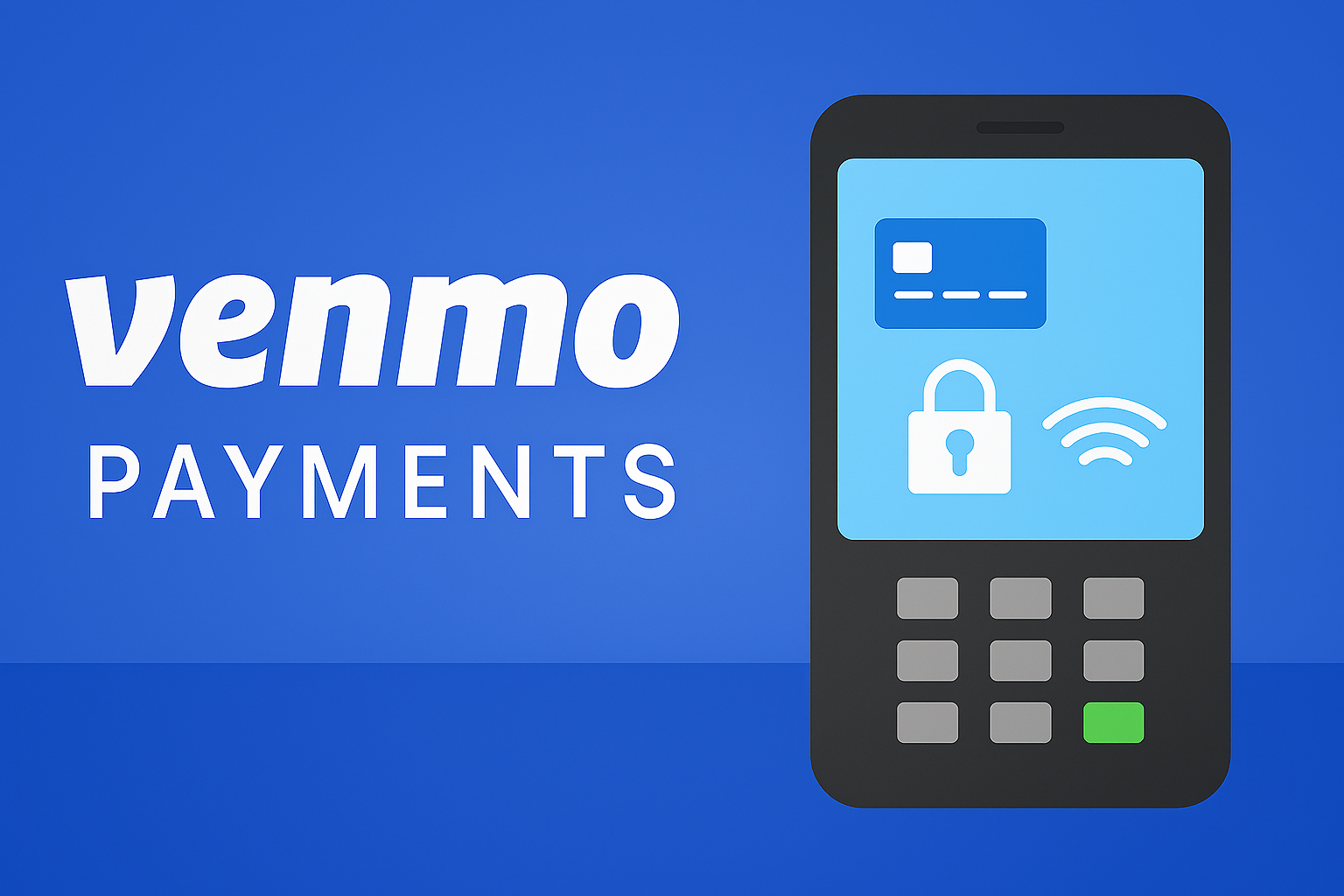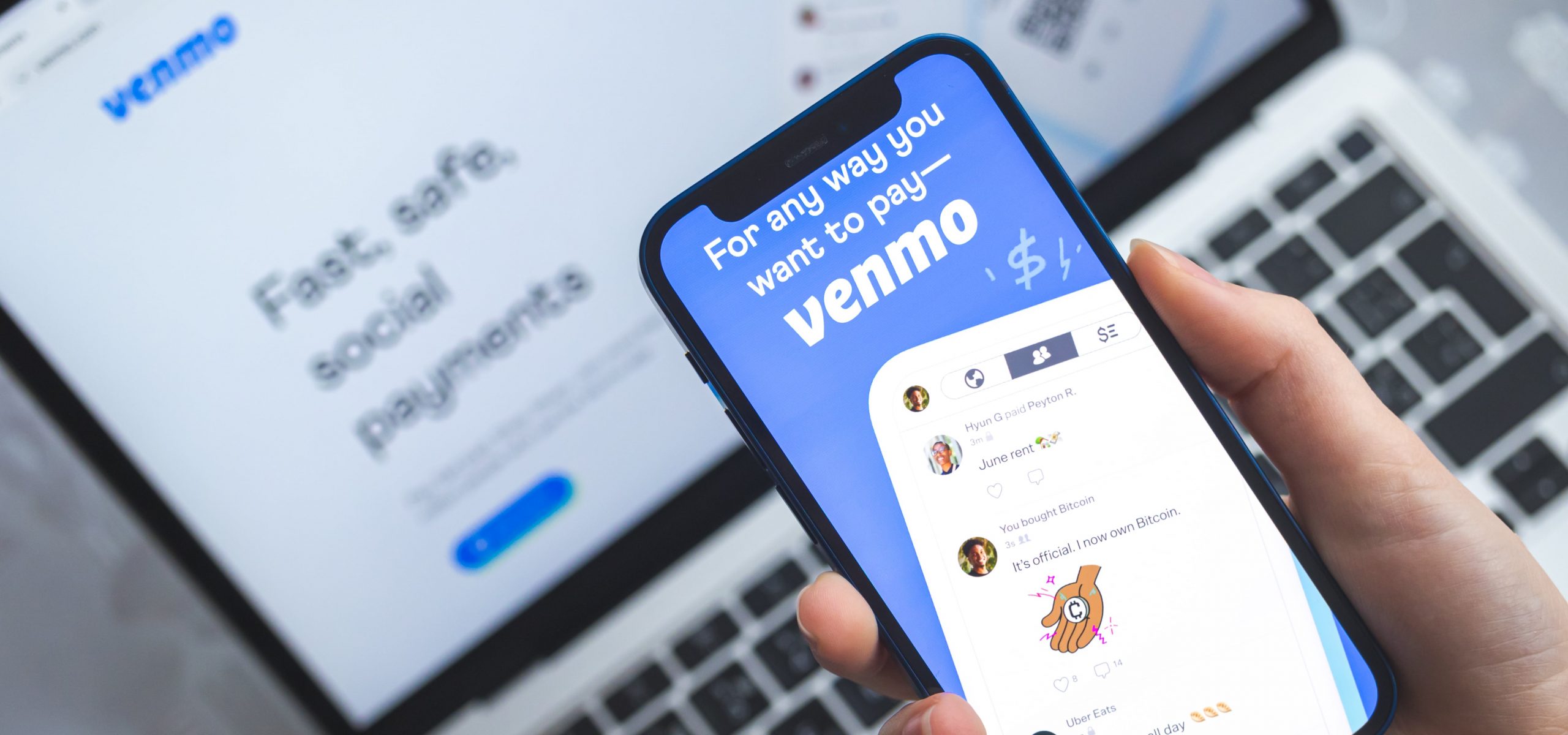Compare features, benefits, and user experiences before choosing your card.
Venmo, owned by PayPal, has grown from a peer-to-peer payment app into one of the most recognized names in digital payments. What started as a way to split dinner bills among friends has evolved into a powerful financial tool with debit cards, credit cards, and integrations with businesses. As of 2025, Venmo has more than 80 million users in the United States, making it a household name in mobile payments. While it is still primarily consumer-focused, its expanding role in card processing and business transactions makes it an important platform to review.

Venmo is often described as a mix of payments and social networking. Its unique social feed allows users to share payment notes, emojis, and transactions with friends, creating an experience that feels less like banking and more like messaging. Beyond peer-to-peer payments, Venmo offers a branded debit card, a credit card with cash-back rewards, and the ability for businesses to accept Venmo payments online and in-store. This blend of financial services makes Venmo more than just a casual payment app—it is becoming a financial ecosystem.
In this review, we will look at Venmo’s strengths, limitations, fees, usability, fraud protection, and how it compares with other platforms like Cash App, PayPal, and Apple Pay.
Venmo is free for standard bank transfers, but charges a 1.75% fee (capped) for instant transfers to bank accounts or debit cards. Payments funded by a credit card have a 3% fee, while debit and bank-funded transfers are free. For businesses accepting Venmo, the standard fee is 1.9% + $0.10 per transaction, similar to PayPal’s merchant pricing. While these fees are competitive, they are not the cheapest option compared to dedicated merchant processors.

Venmo offers multiple features that extend beyond simple peer-to-peer transfers:
Venmo is incredibly easy to use for consumers. Its mobile-first design, intuitive interface, and social features make it appealing for quick, casual payments. Businesses can integrate Venmo as a checkout option online, especially through PayPal integrations. However, unlike Stripe, Venmo is not designed for complex custom integrations, and it lacks the advanced APIs that developers may require.
As a PayPal-owned service, Venmo benefits from strong security protocols, encryption, and compliance with financial regulations. Users can enable two-factor authentication, and unauthorized transactions are covered under PayPal’s protection policies. However, Venmo’s social nature has led to accidental privacy lapses, as many users leave transactions visible to friends or the public. While this does not directly affect card processing security, it highlights the importance of adjusting privacy settings.
Venmo’s biggest limitation is that it is only available in the United States. Unlike Payoneer or PayPal, it does not offer international payment options. For businesses targeting U.S. customers, this is not an issue, but for global merchants, Venmo has little to offer beyond being a convenient U.S.-only payment option.
Venmo provides support through its help center, email, and in-app messaging. Phone support is limited, and response times vary depending on demand. Many users rely on the knowledge base for troubleshooting. While adequate for most consumer issues, businesses may find the support less comprehensive compared to enterprise-focused processors like Authorize.Net.
Compared to Cash App, Venmo is stronger in branding and social features but weaker in investment tools (Cash App supports stocks and Bitcoin trading more extensively). Against PayPal, Venmo offers a more social experience but lacks PayPal’s international reach and established business trust. Apple Pay and Google Pay offer broader retail acceptance, but Venmo’s debit and credit cards help bridge that gap.
Venmo has successfully transitioned from a simple peer-to-peer payment app to a versatile financial tool with card processing capabilities. Its debit and credit cards, instant transfers, and business profiles make it useful for both individuals and small businesses. However, its U.S.-only availability, privacy concerns, and limited merchant features prevent it from being a complete replacement for global processors like PayPal or Stripe.
For U.S.-based freelancers, small businesses, and anyone who values social payment features, Venmo remains an excellent choice. But for global reach and advanced merchant tools, other platforms may be a better fit.